The biggest secrets of England’s littlest county
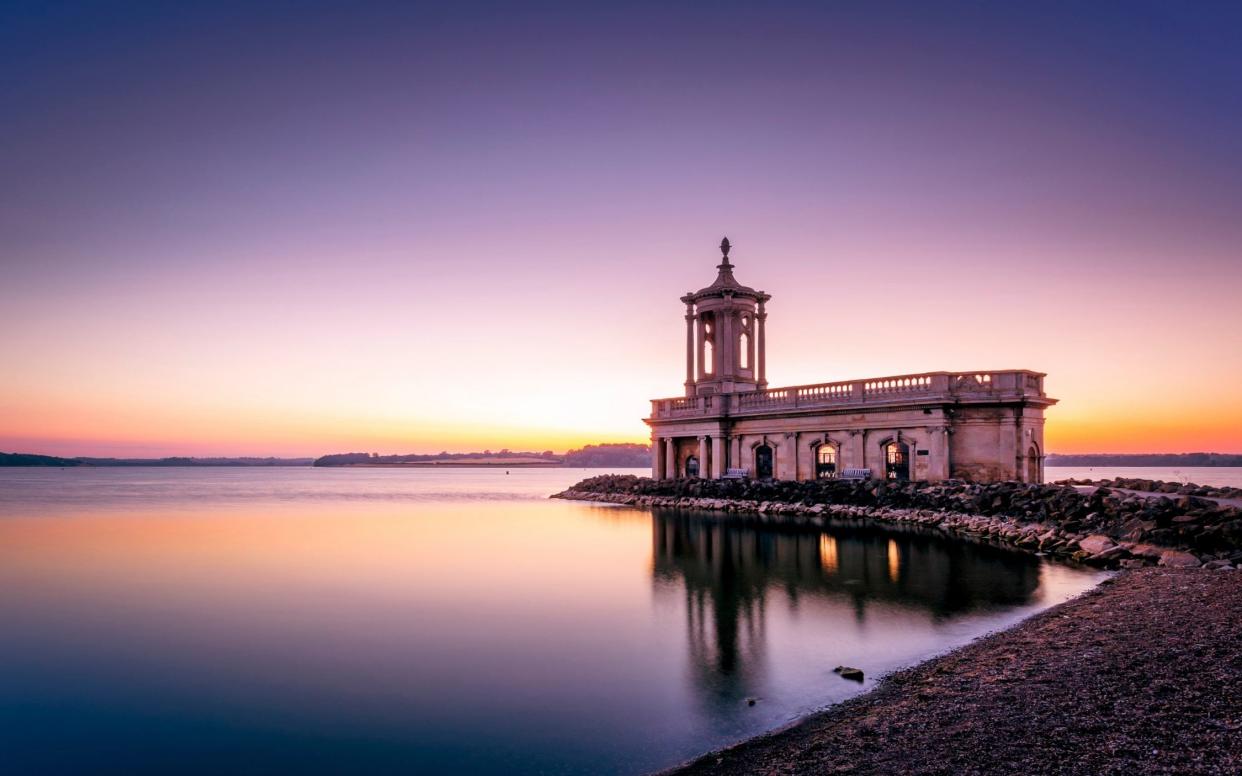
Multum in parvo or ‘much in little’ is the motto of Rutland, England’s smallest county, and never was a motto more apposite.
Rutland, 18 miles north to south, 17 miles east to west, hides within its tiny realm Britain’s biggest reservoir, most elaborate Norman arch, longest yew tree avenue and finest turf maze, along with a floating church and the birthplaces of the Gunpowder Plot and the US Constitution – all set within gentle, rolling countryside rich in dark honey-coloured stone villages with names like Edith Weston and Wing.
On top of all that, it recently emerged that the county may hold the secret to a long life, with men from Rutland having the highest life expectancy in the UK. What more can one ask?
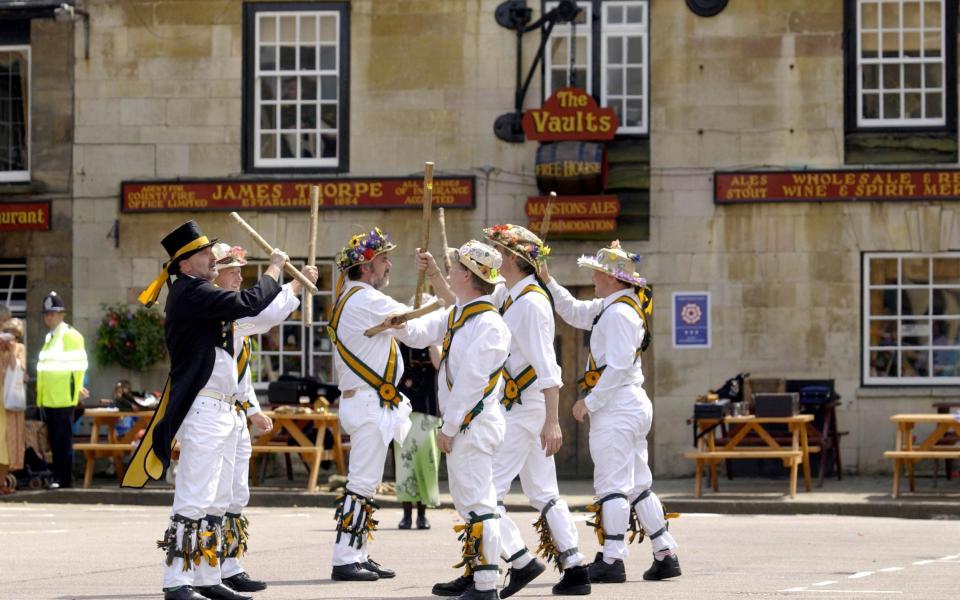
Oakham, the county town, gathers around the old buttercross in the marketplace, a short cobbled street away from the superb Great Hall of Oakham Castle, built in 1180 and described as the “finest surviving example of Norman domestic architecture in Europe”. On display within the hall is the world’s largest collection of horseshoes, donated over the centuries by royalty and peers of the realm as part of a custom dating back to when William the Conqueror made his blacksmith Lord of the Manor of Oakham.
Rutland’s only other town is Uppingham, a small, quiet place of narrow streets lined by stone houses with bow windows and given over largely to Uppingham school, blessed with the biggest area of playing fields of any school in England and alma mater of, amongst others, land and water speed record holders Sir Malcolm Campbell and his son Donald, Boris Karloff, Stephen Fry and Rick Stein.
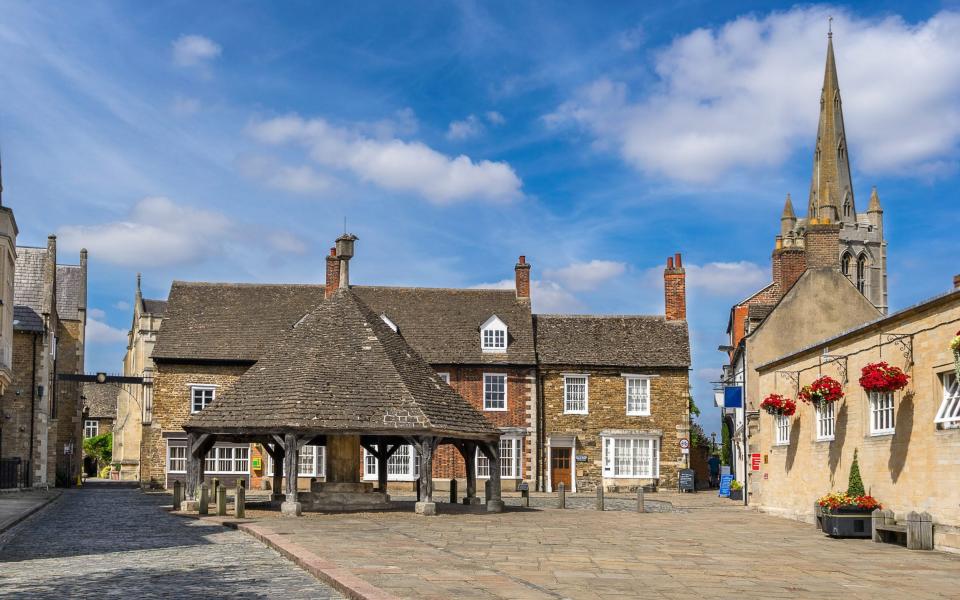
Perching on a hillside south of Uppingham is Stoke Dry, consisting of a cottage or two and one of Rutland’s pantheon of exceptional churches, a strange looking place with a priest’s room above the porch, built in Tudor times. It is alleged that Sir Everard Digby, born in 1578 in the manor house, now gone, met here with Robert Catesby and others to plan the Gunpowder Plot.
The church itself contains some of the best Norman carvings in the country including the earliest known depiction of a bell ringer, while a rare 13th-century wall painting shows the martyrdom of St Edmund, skewered to a tree by no less than 17 arrows but somehow still smiling. One of the archers, carved 200 years before Columbus discovered America, wears a feathered head-dress spookily similar to those worn by the Native Americans of Hollywood westerns. A Rutland riddle to ponder.
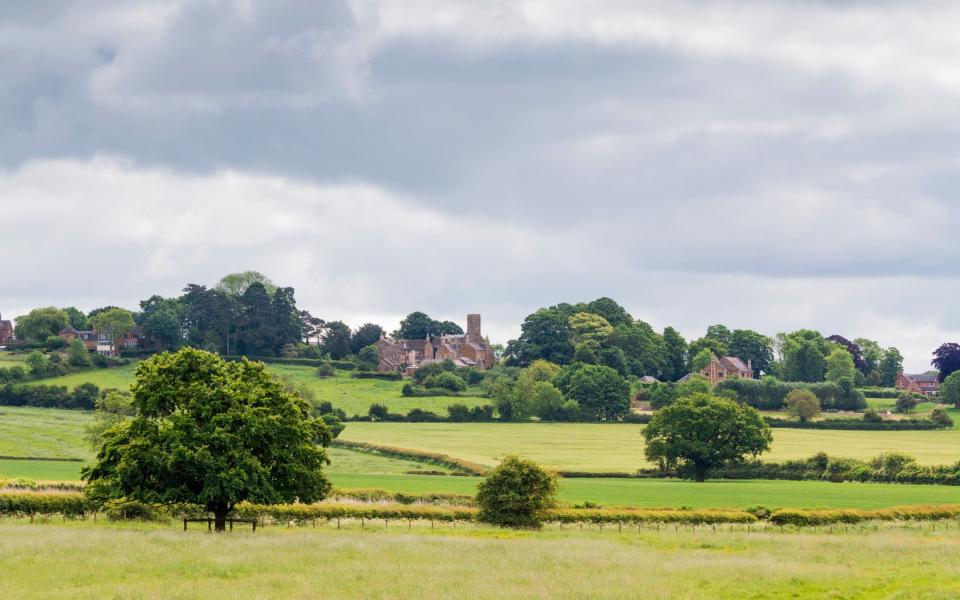
Stoke Dry overlooks Eye Brook Reservoir, where the Dambusters practiced their bombing runs before their attacks on the Ruhr Valley dams in the Second World War.
And speaking of reservoirs, Rutland Water is Europe’s largest man-made lake by surface area, covering some 4,200 acres and offering a nature reserve, fishing, boating and all kinds of water sports.
A little to the south, on the edge of the village of Wing, is England’s best-preserved medieval turf maze or labyrinth where miscreants would seek penance by tackling it on their knees, stopping at various points to reflect upon their sins.
On the southeastern shore sits Rutland’s most famous landmark, the half submerged Normanton Church, sailing upon the water like a Mississippi steamboat. Once the parish church, then a private chapel, it was rebuilt in the 19th century and saved from demolition in the 1970s, when Rutland Water was created, after a public outcry. Approached by a causeway, it is now a wedding venue.
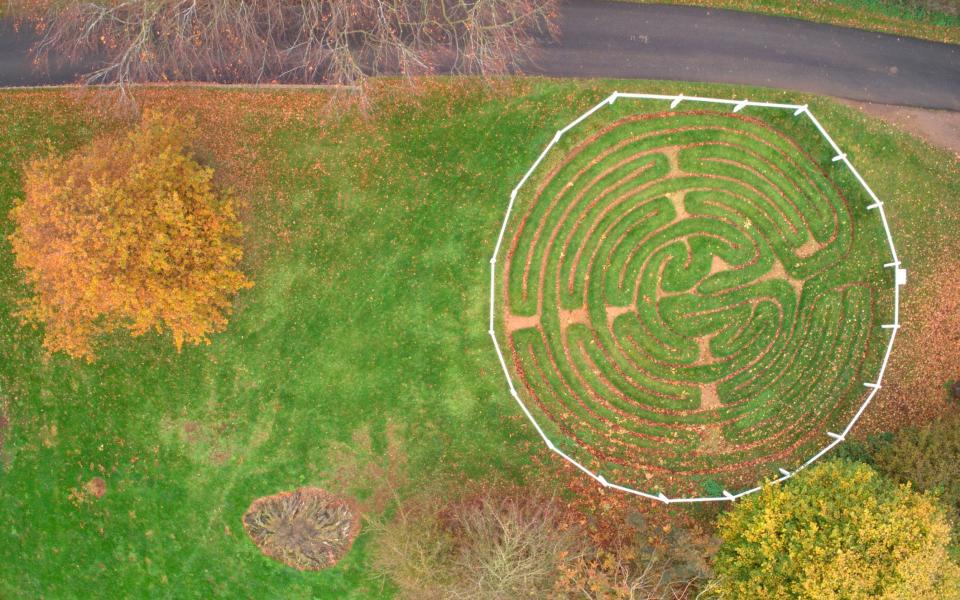
North and east of Rutland Water lies a necklace of the exceedingly pretty villages for which Rutland is renowned. Whitwell, for instance, with its 20 or so houses, is picturesque enough to be twinned with Paris, no less. Some years ago the villagers wrote to Jacques Chirac, then Mayor of Paris, proposing that the two communities be twinned and that if they received no answer the villagers would assume that the Mayor consented. No answer came and Whitwell thus declared itself twinned with Paris – it says so on the road signs.
Exton, chocolate box and thatched, boasts a church containing some of the finest marble and alabaster monuments in England, the romantic gabled ruins of an Elizabethan hall, ancestral home of the Earls of Gainsborough, and the largest collection of individually designed gardens in Britain at Barnsdale, developed by Geoff Hamilton of the BBC series Gardener’s World in the 1980s.

Clipsham village delights in the world’s longest yew tree avenue, nearly half a mile long and formed of more than 150 bulbous yew trees, most of them over 200 years old. The trees line what was the old carriage drive to Clipsham Hall; in 1870 its gardener began to clip them into interesting shapes and the tradition has been maintained by the Forestry Commission.
A little to the south of Clipsham, a shorter avenue of trees leads to the church at Tickencote, whose pleasing exterior, rebuilt in neo-Romanesque in 1792, does nothing to prepare you for the extraordinary treasure inside. Here is Britain’s most beautiful Norman arch, carved with every type of pattern, filling the width of the chancel divide and slightly contorted – bowed down by age and its own weight and magnificence. The Norman vaulting in the chancel itself is divided by six enormous carved ribs (as opposed to the normal four) which meet at a rare ornamental boss showing a monk and two bears.
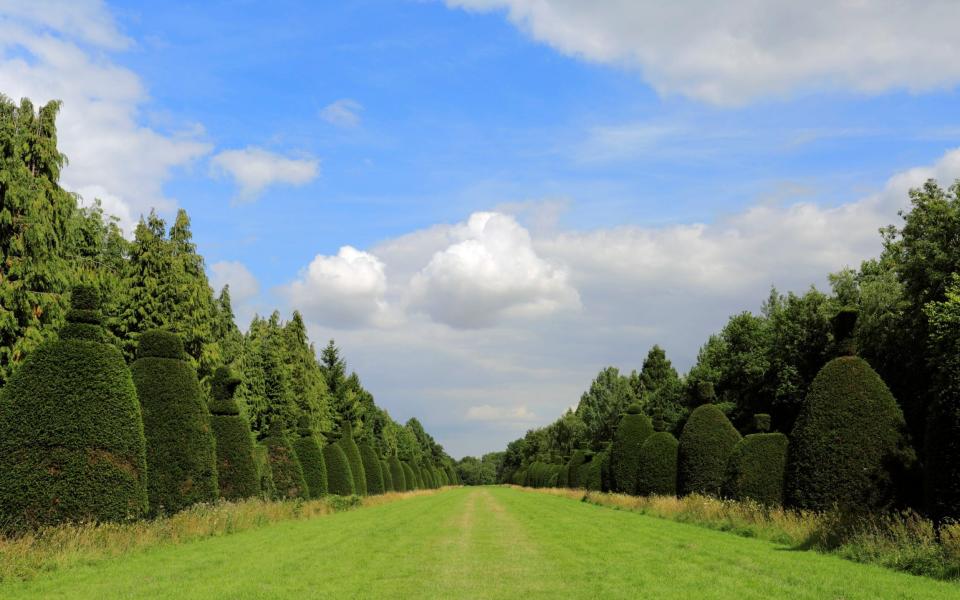
Just across the busy A1 in Little Casterton is 14th-century Tolethorpe Hall, reconstructed in the 19th century and home since 1977 to the Stamford Shakespeare Company, who put on plays in an open-air theatre during the summer months.
Tolethorpe Hall was the birthplace in 1550 of Robert Browne who grew up to lead the first group of English religious separatists after the Reformation and whose followers became known as Brownists. His revolutionary ideas of democracy, promoting the separation of Church and State, inspired the various separatist groups of the 16th and 17th centuries, such as the Quakers and the Baptists.
The Pilgrim Fathers were Brownists and many of their ideas were eventually incorporated into the founding principles of the United States of America, making Tolethorpe arguably the birthplace of America and its Constitution.
There are few more agreeable experiences than having a picnic in the glorious grounds of historic Tolethorpe Hall on a summer evening before a performance of Shakespeare. Just one of the secret pleasures on offer in England’s smallest county. No wonder the citizens of Vermont in New England named their prettiest town Rutland.
Where to stay
Barnsdale Lodge, Exton – a quirky and stylish hotel centred around a former farmhouse beside Rutland Water and a short walk from Barnsdale Gardens. Doubles from £130.


